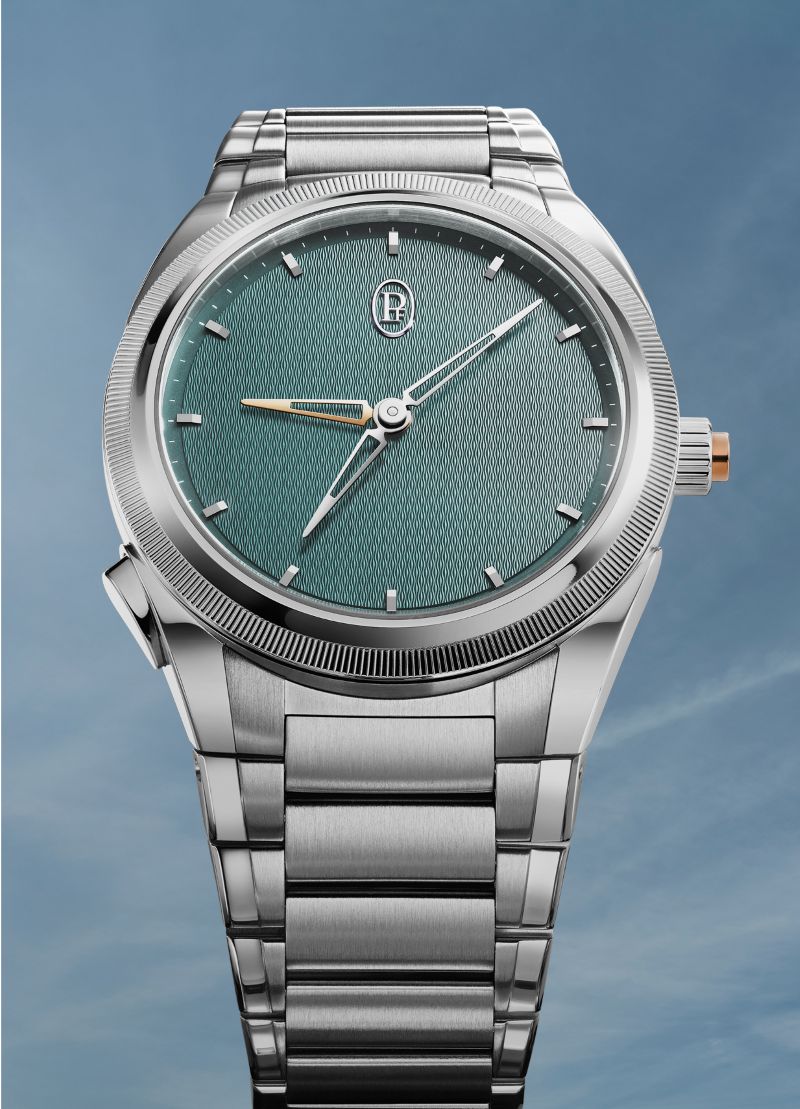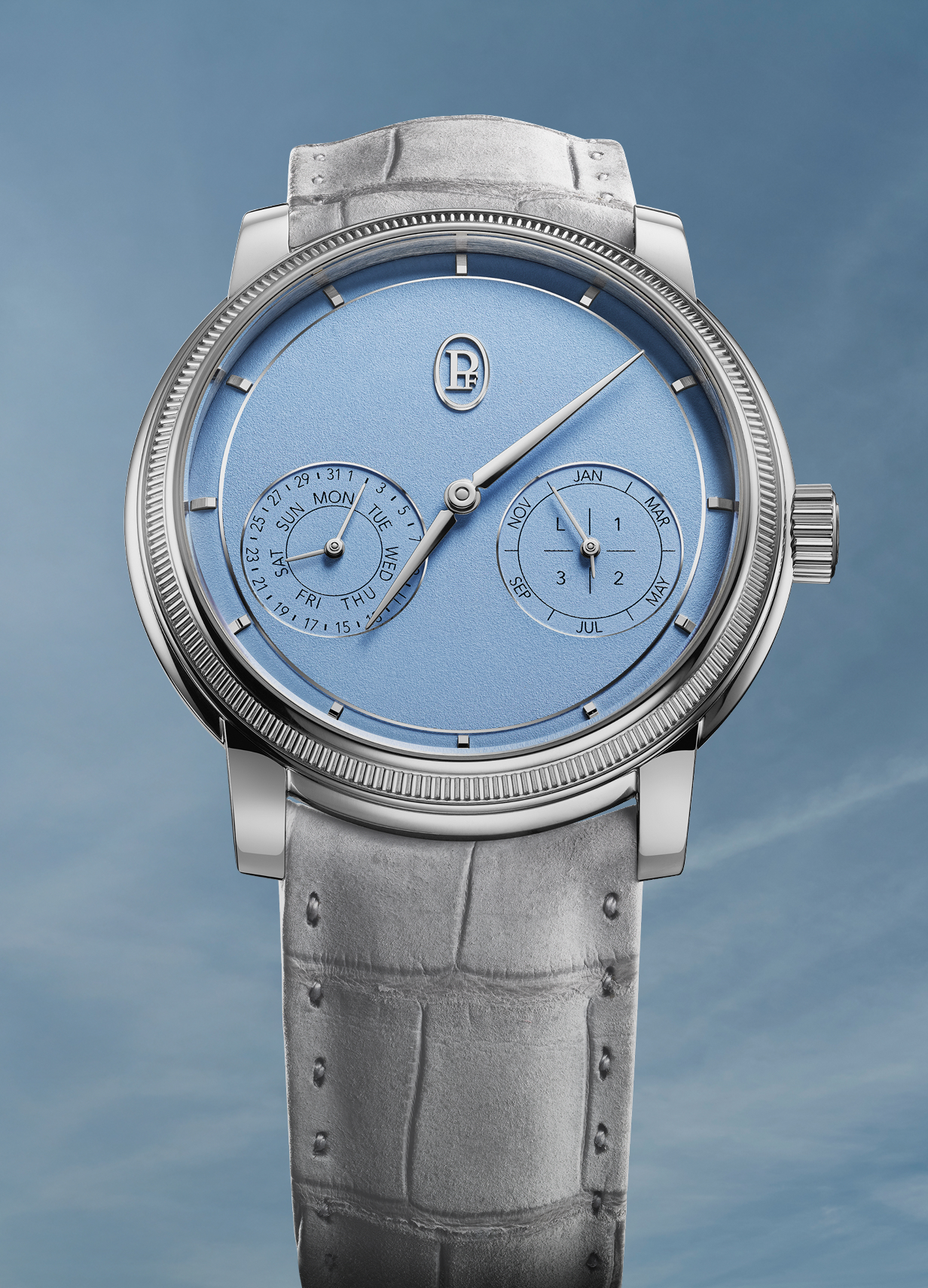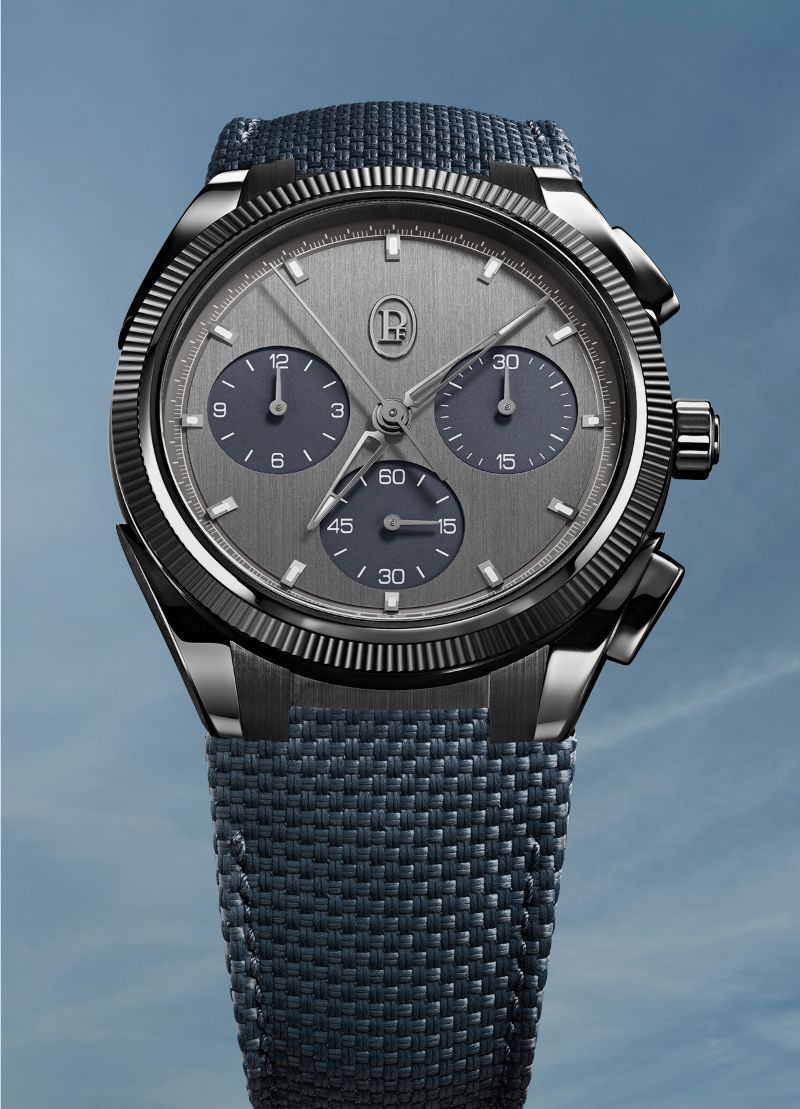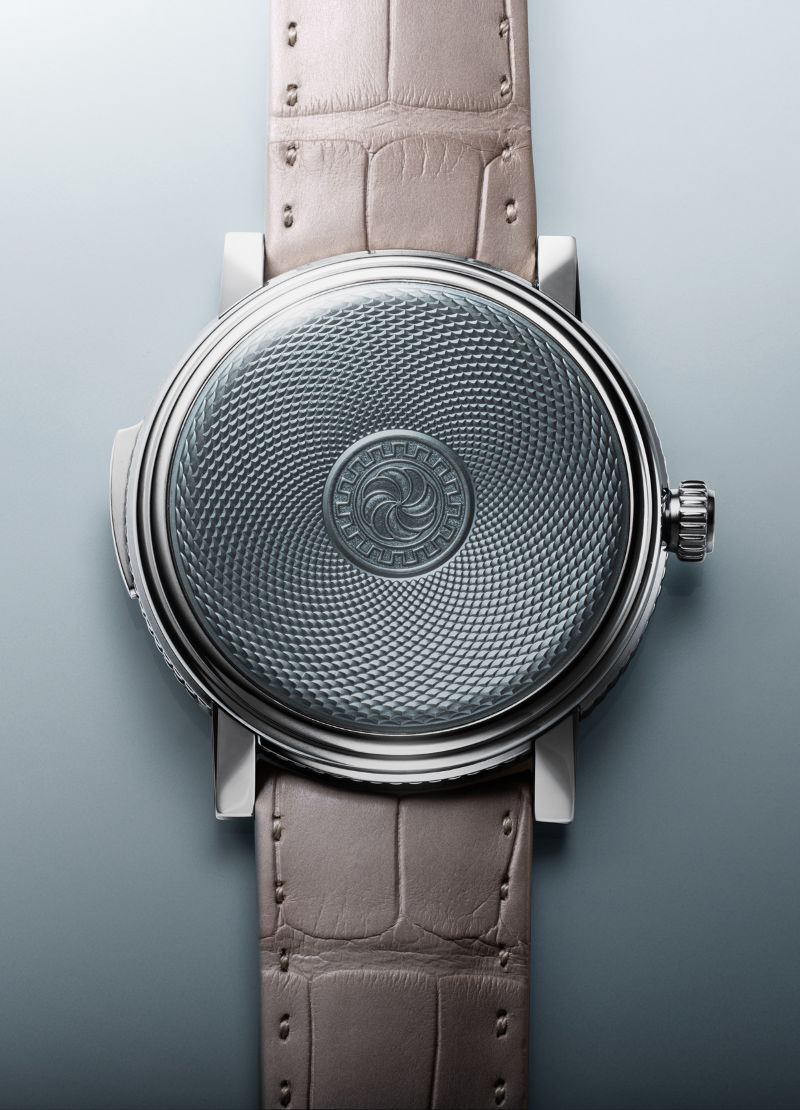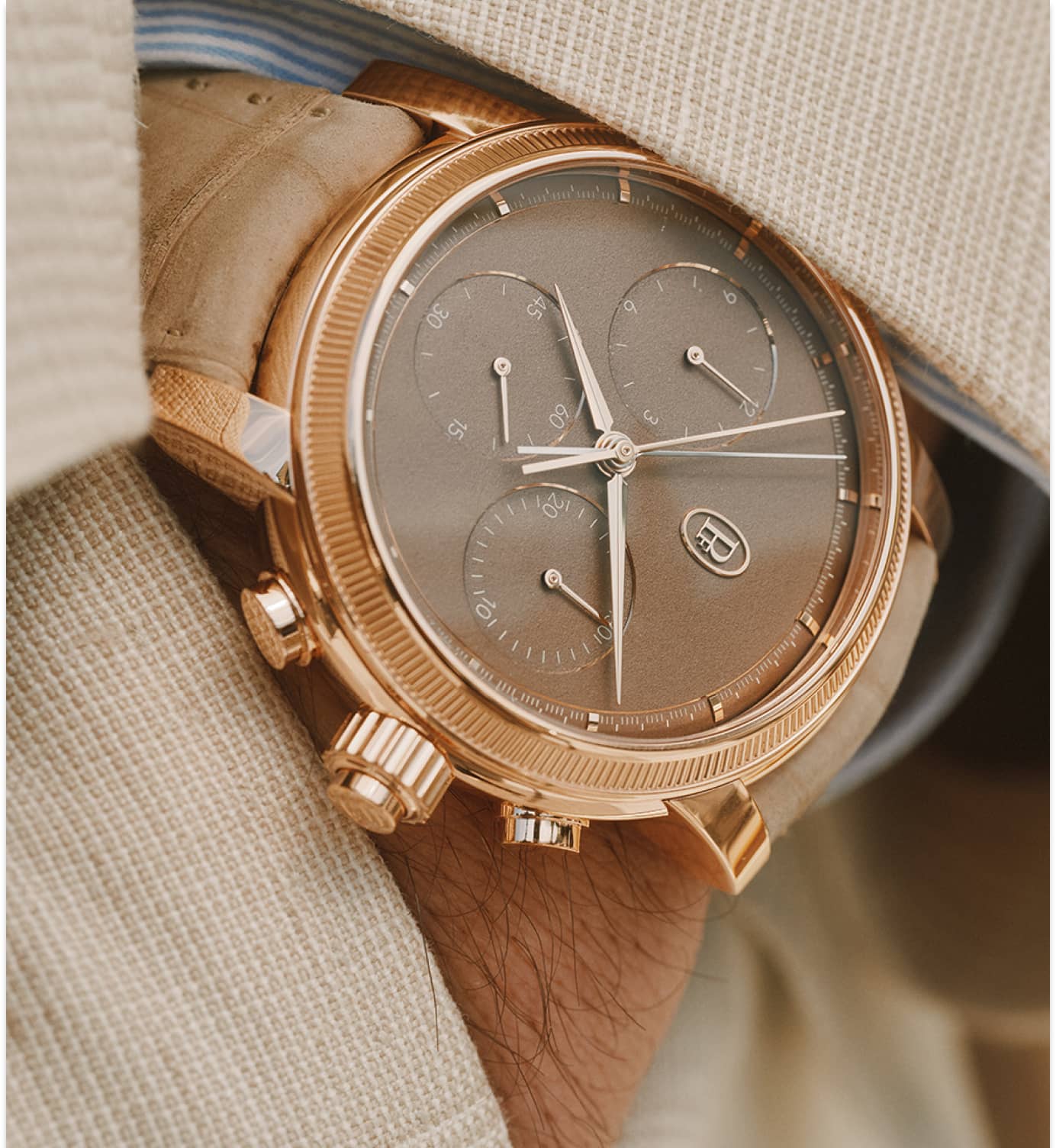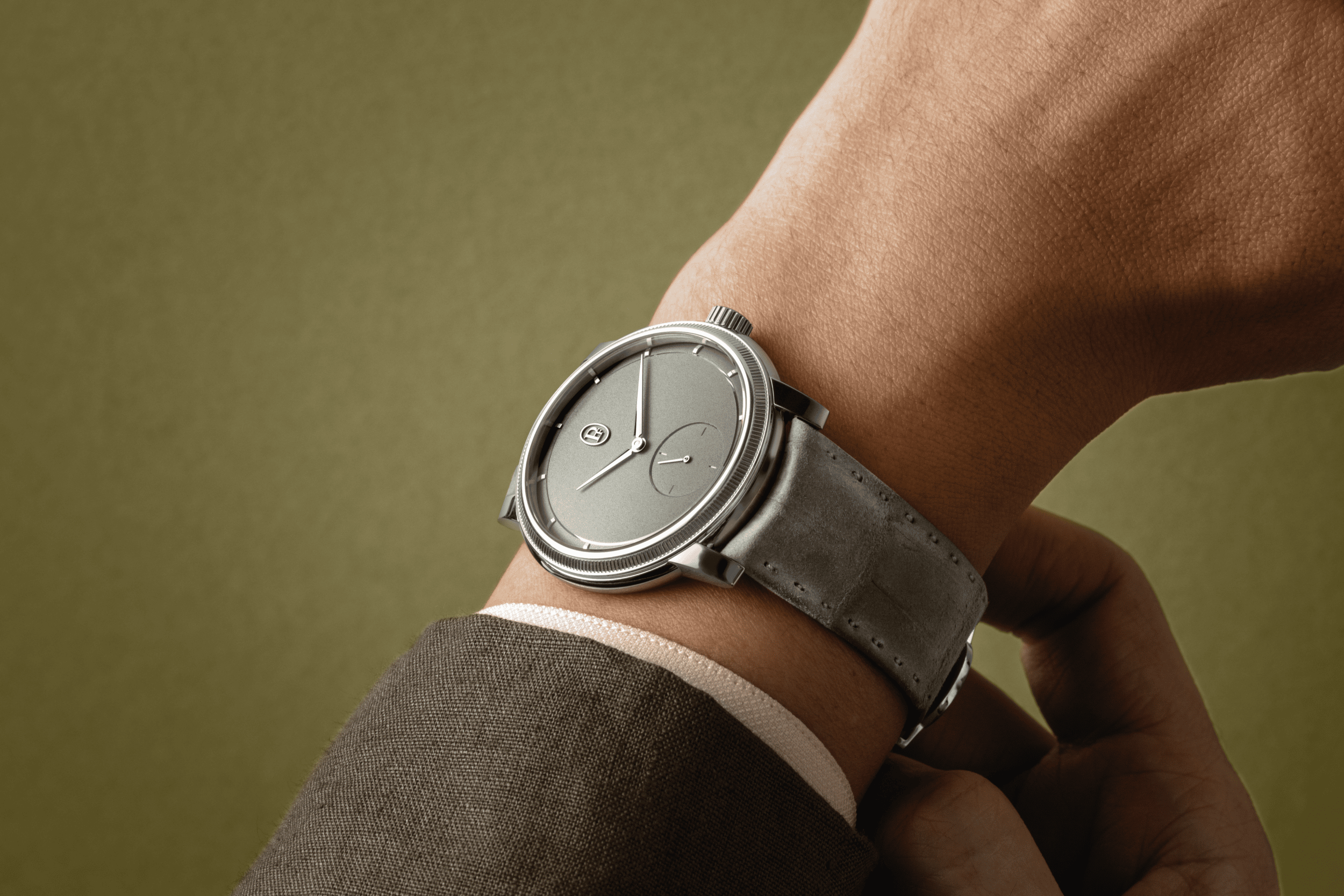Religion, politics, war and, in particular, the position of the sun and the moon can figure into the design of these complex timekeepers.
By Carol Besler
June 15, 2023
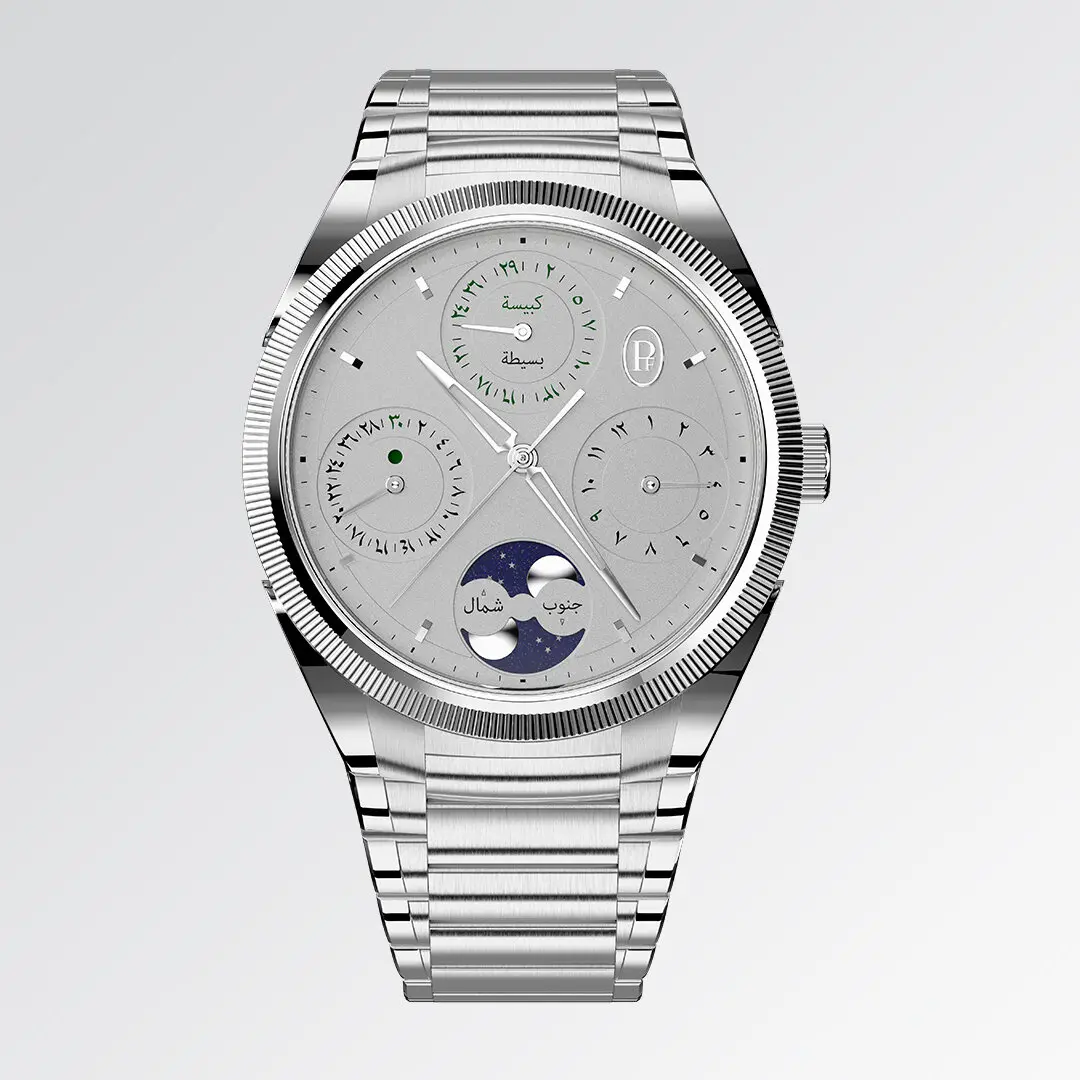
A watch can say a lot about you — your style, income and level of connoisseurship — but a calendar watch can say things about an entire civilization.
As forms of cultural expression go, timekeeping is as important as language, religion and cuisine; it reflects how a society organizes the daily, monthly and yearly rhythms of life.
What started with sundials and water clocks progressed to measuring time according to lunar and solar cycles, and ended up embracing everything from charting agriculture patterns and scheduling battle plans to plotting religious holidays and marking historical milestones. One can imagine modern versions slotting in dog-walking schedules or marking the best month to escape the city for the seaside.
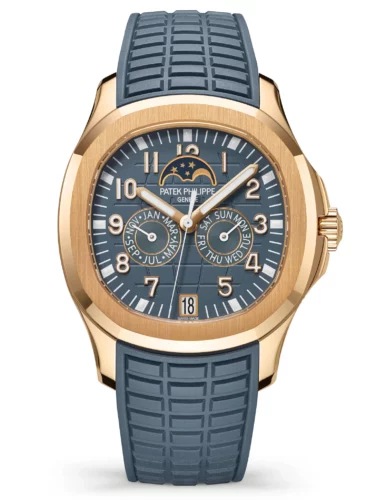
Calendar watches are making a resurgence among connoisseurs of high watchmaking, mainly because this philosophical approach to time adds a deeper meaning.
Parmigiani Fleurier, in particular, has captured this multiverse view of time in its Tonda PF collection, introduced at the Watches and Wonders fair in Geneva in March. It features watches with a Gregorian annual calendar, an Islamic Hijri perpetual calendar and a Chinese Xiali calendar. Three limited-edition sets of three watches are planned (price on request).
“It’s a very deep subject, because time is the most precious thing that is given to us and it’s the same for the whole of humanity, yet some of us measure it differently than others,” the Parmigiani chief executive, Guido Terreni, said recently by phone from his office in Fleurier, Switzerland.
The Tonda PF Hijri Perpetual Calendar, for example, reflects historical aspects of Muslim nomadic traditions and religious practices. Based on the lunar cycle, the watch calendar is organized into 12 months, each named in Arabic script according to milestones or tasks dictated either by the seasons or the Quran.
The second month, Safar, roughly translates as “void” partly because houses were empty at that time of year while their occupants gathered food. The eighth month, Sha’ban, meaning “scattered,” marked the time of year when people dispersed to gather water. The 12th
In addition to hours and minutes, then, the complex Tonda PF Hijri displays the date in Arabic numerals, the number and length of months in Arabic calligraphy, days of the month and the years — accounting for leap years — all on one 42-millimeter dial. The venerated ninth month, Ramadan, is highlighted in green.
Even the platinum case material carries cultural significance: “You can’t make a yellow or pink gold watch for the Islamic culture, since the Quran instructs men to not adorn themselves with gold,” Mr. Terreni said. “So we chose platinum, a white metal, for all three watches in the trilogy, and on the moon phase for the Hijri, we used white instead of yellow gold like the others.”
The Hijri watch was first introduced in 2019, and in 2020 it won the innovation prize in the Grand Prix d’Horlogerie de Genève, considered by many to be the Oscars of watchmaking. This is the first edition in platinum.
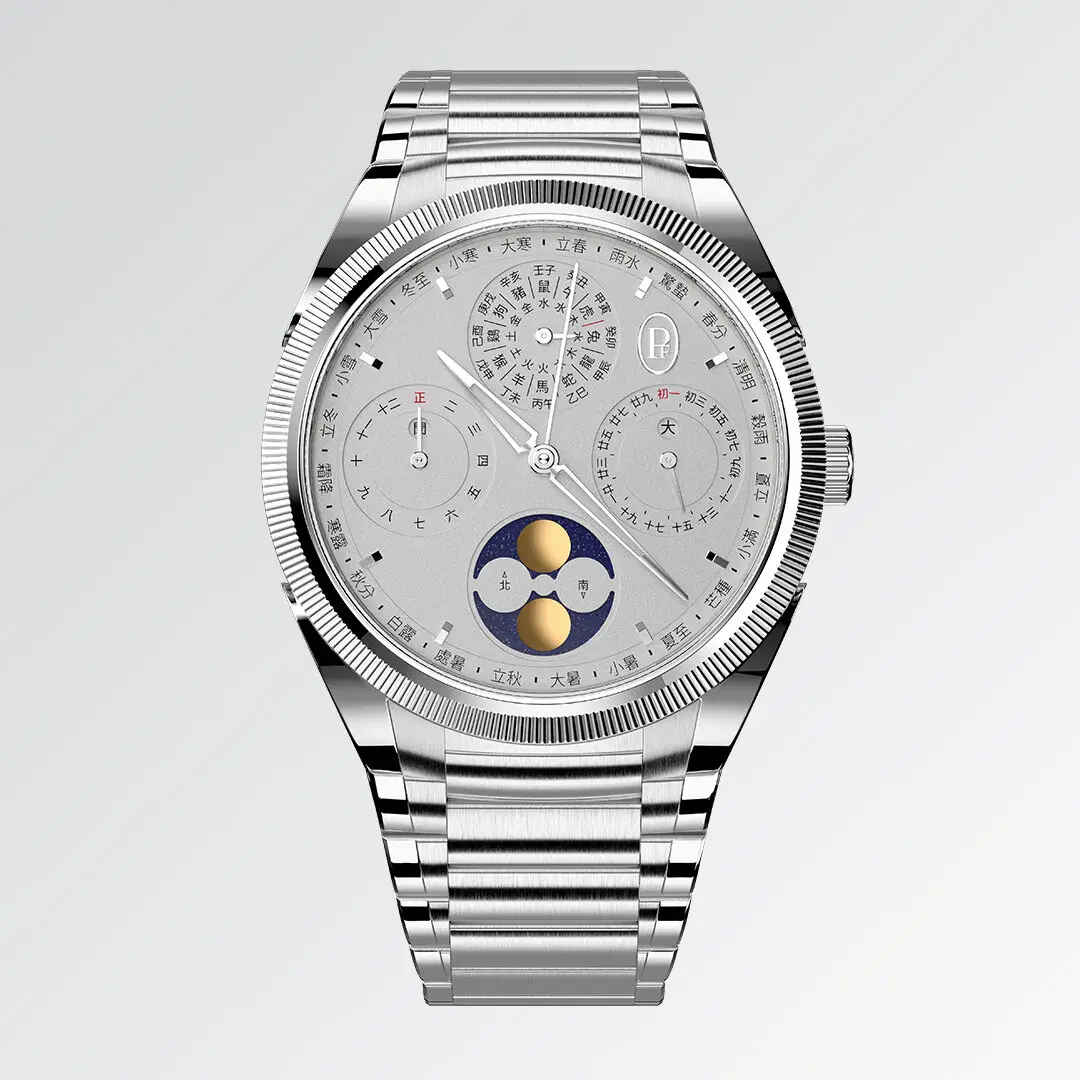
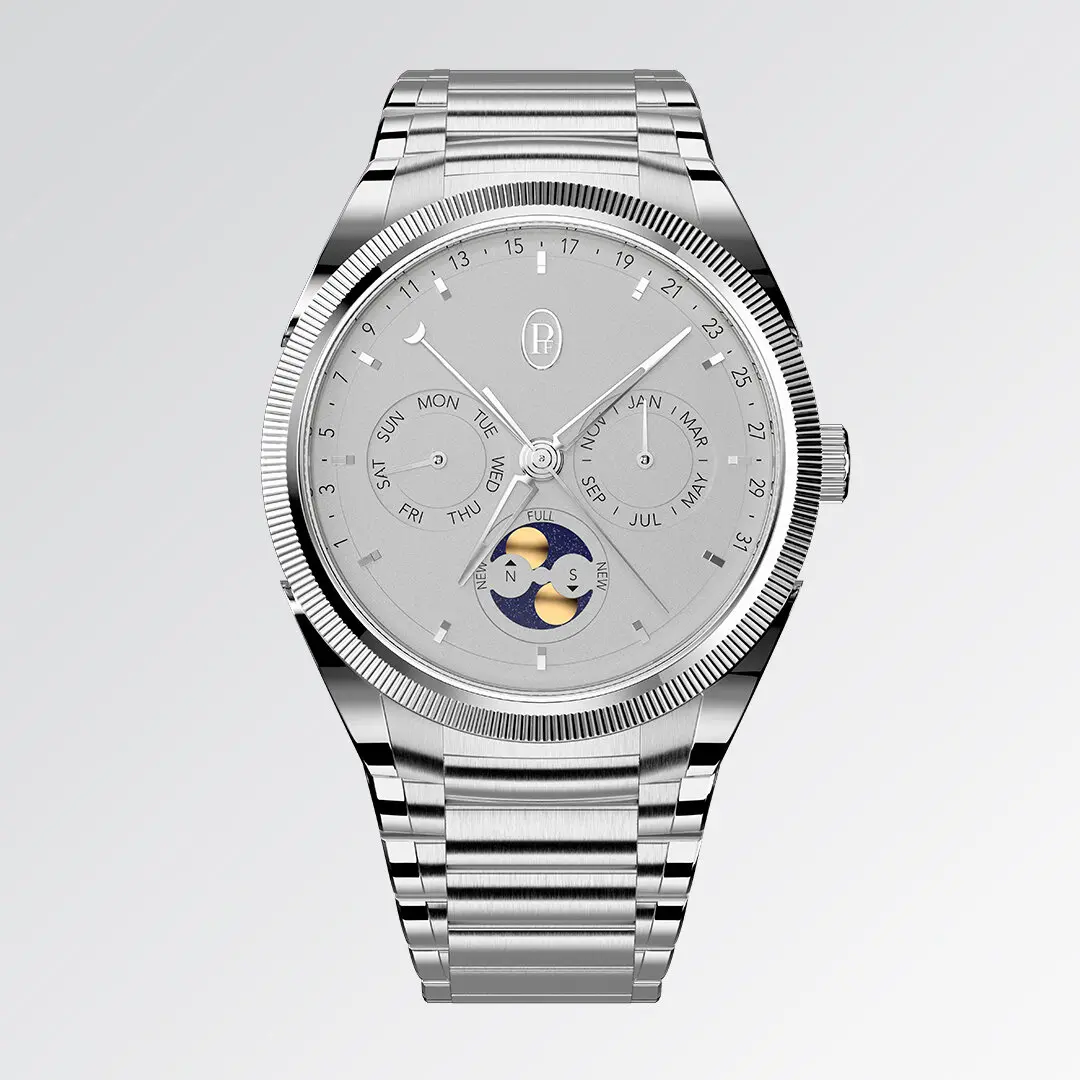
The Tonda PF Xiali Calendar watch is not perpetual (a type of watch that automatically accounts for leap years and usually only needs adjustment once every 122 years), but that doesn’t mean its intricacies aren’t mind-boggling.
“It is impossible to make a Chinese calendar perpetual because it is not repetitive,” Mr. Terreni said.
“It’s a combination of lunar and solar cycles that are not in perpetual synchronicity,” he said. “The years are not always the same length. They vary between 352 days and 355 days.
“The best we could do is break it down into cycles of 12, which means every 12 years, it needs an adjustment — we have to change one component, for the next sequence of 12 years. We do the first adjustment for free, so it will take you for the first 24 years.”
Unlike the Gregorian calendar, which has a name for each month and a number for each year, the Xiali calendar does the reverse, giving names to years and numbers to months. It is organized in cycles of 60 years that combine a cycle of 10 “Heavenly Stems” that include the seasons, plus five elements (water, wood, metal, fire and earth), the planets, colors, flavors and virtues. Factored into this are 12 “Earthly Branches” that correspond to the signs of the zodiac, each represented by an animal. For example, 2023 is the year of the rabbit and the element is water.
How is all of that reflected in the Tonda? The watch condenses it into a surprisingly readable layout — if you can read Chinese characters — including hours and minutes, the month and its length (29 or 30 days) along with its numbering system, the year’s animal and element, with alternating colors depending on whether it is an odd yin year or an even yang year.
Instead of four seasons, the Chinese calendar is organized into 24 sections corresponding to the sun’s trajectory as seen from Earth, displayed along the periphery of the watch dial.
“These cycles charted elements like rainwater level, the awakening of the insects, changes that happen every 15 days,” Mr. Terreni said. “It helped you to eat and nourish yourself with things that are in season. It helped optimize your health.” For good measure, the watch also numbers the days in the lunar cycle along with the moon phases.
The Tonda PF Annual Calendar watch tracks the familiar 12 months and days of the Gregorian system but does not track leap years. As an annual calendar, it will automatically adjust for the length of months between 30 and 31, but it will need an adjustment once a year, during the shorter month of February.
“The perpetual calendar can be a bit old-fashioned,” Mr. Terreni said. “The leap year indication makes the dial seem cluttered and interferes with the logo, so we chose to do an annual for aesthetic reasons. Some think there is more complexity and therefore less prestige in a perpetual calendar, but the complexity and the cost to make the annual calendar is not that much different.
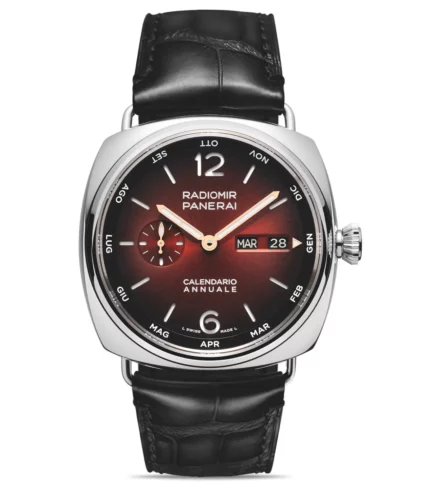
While some collectors consider an annual calendar to be a less prestigious complication, it is gaining traction.
“We are seeing more interest in annual calendars these days, as many younger collectors explore complications,” Jared Silver, president of Stephen Silver Fine Jewelry in Menlo Park, Calif., said by email from a watch and jewelry trade show in Las Vegas. “The ease of operation compared to a traditional perpetual is a big part of the appeal.”
Patek Philippe, which pioneered the annual calendar in 1996, renewed its commitment to the complication this year, adding an Aquanaut Luce Annual Calendar ($61,510) to the line for women. Its modern dial illustrates Mr. Terreni’s point about the benefit of leaving out the leap year indicator. The wide bezel makes for a fairly small dial space; with its large numerals and indexes, a leap year indicator might have looked shoehorned in.
Likewise, the sporty Panerai Radiomir Annual Calendar ($39,200 in gold and $88,100 in platinum) — introducing a new in-house movement — adheres to the brand’s minimalist, highly readable dial aesthetic. Months are displayed around the periphery, leaving plenty of space for logos and a small seconds indicator.
Simplified calendars aside, it’s still nice to be reminded occasionally of how time is experienced in the broader sense, according to the rhythms and complexities of daily life. It also reminds us of the watchmaker’s heroic endeavor to capture it all on a dial the size of a poker chip.
